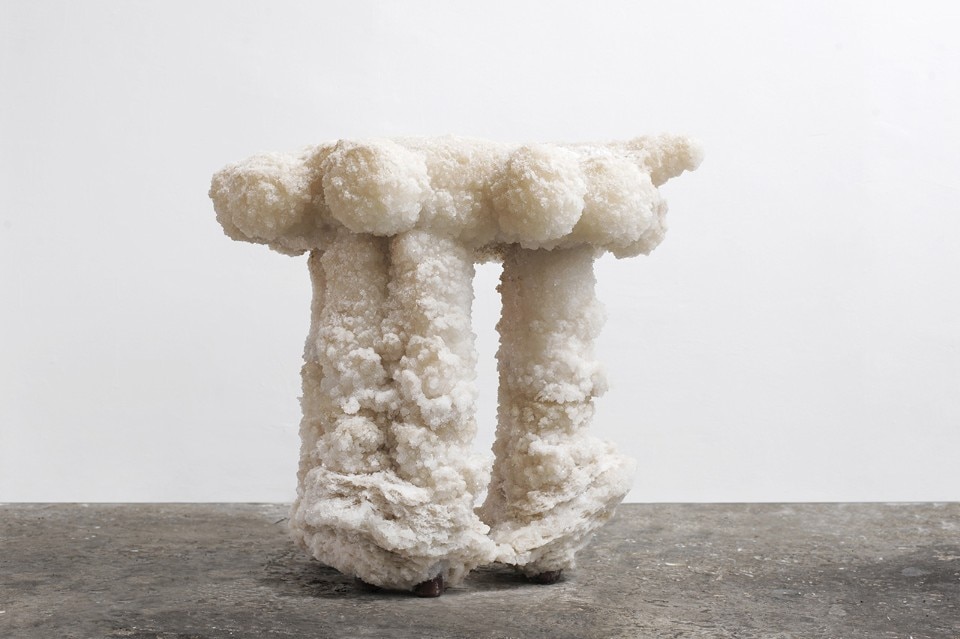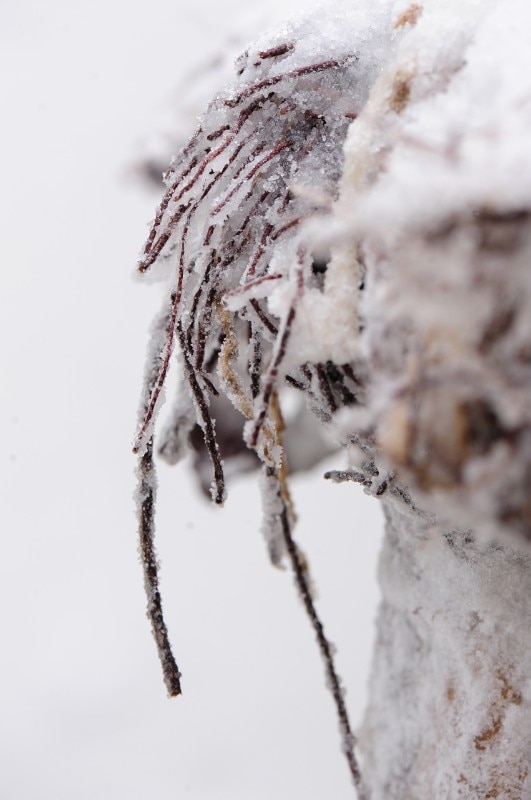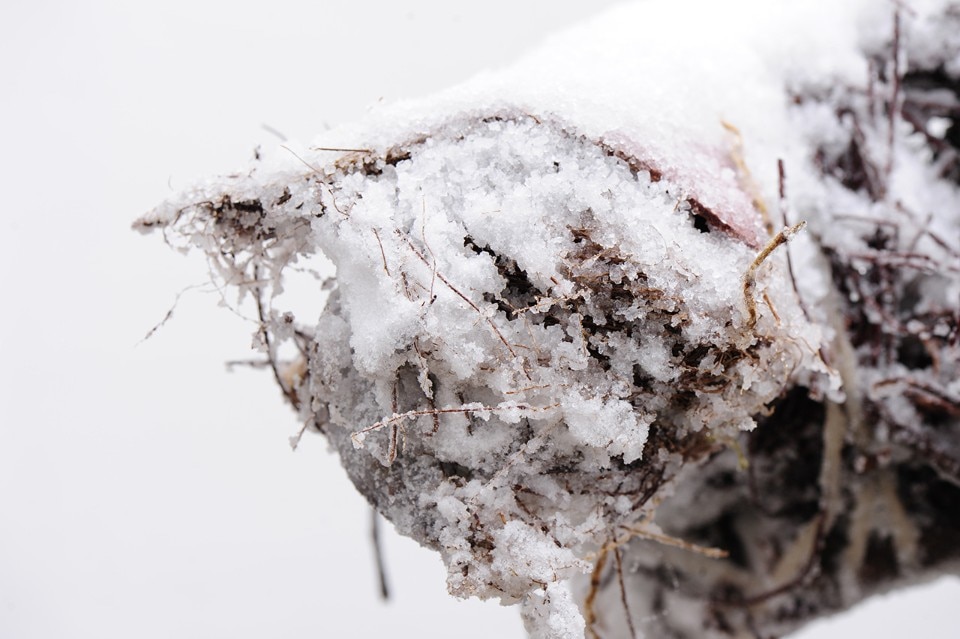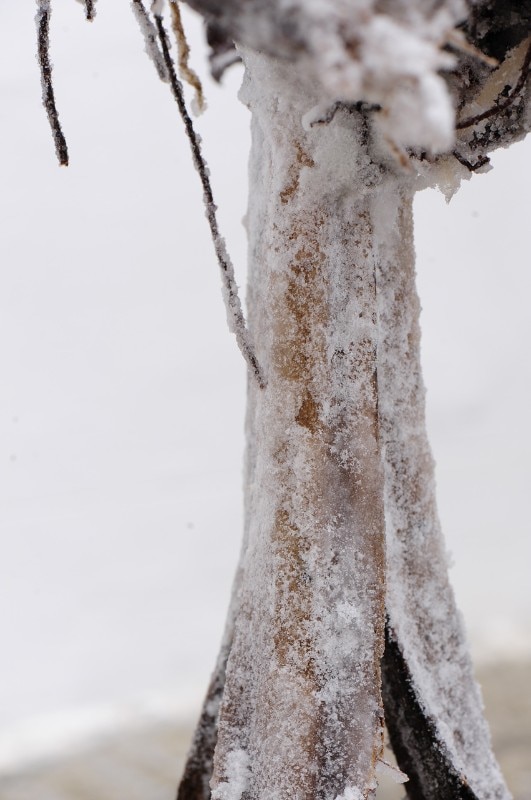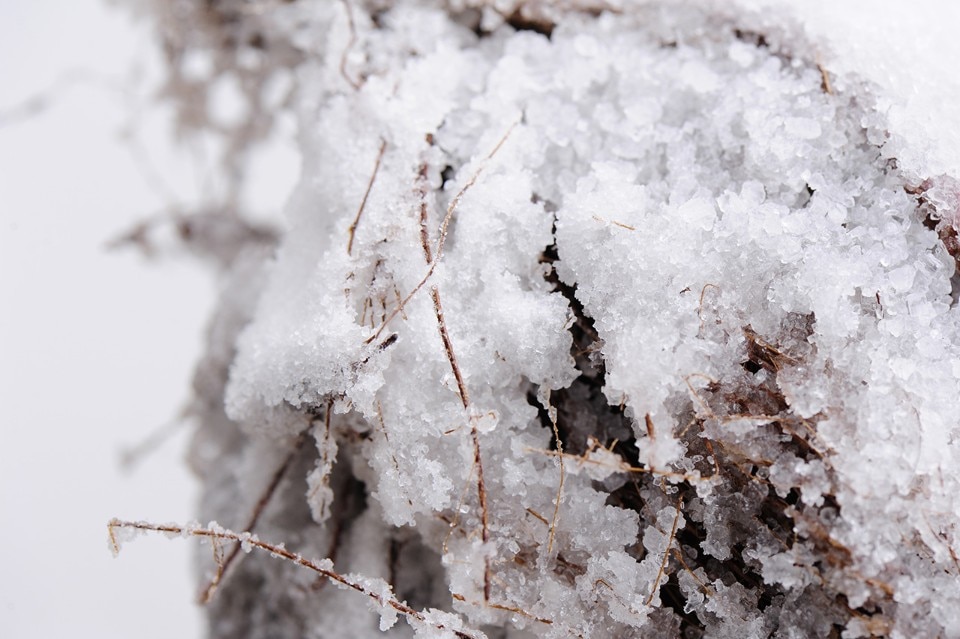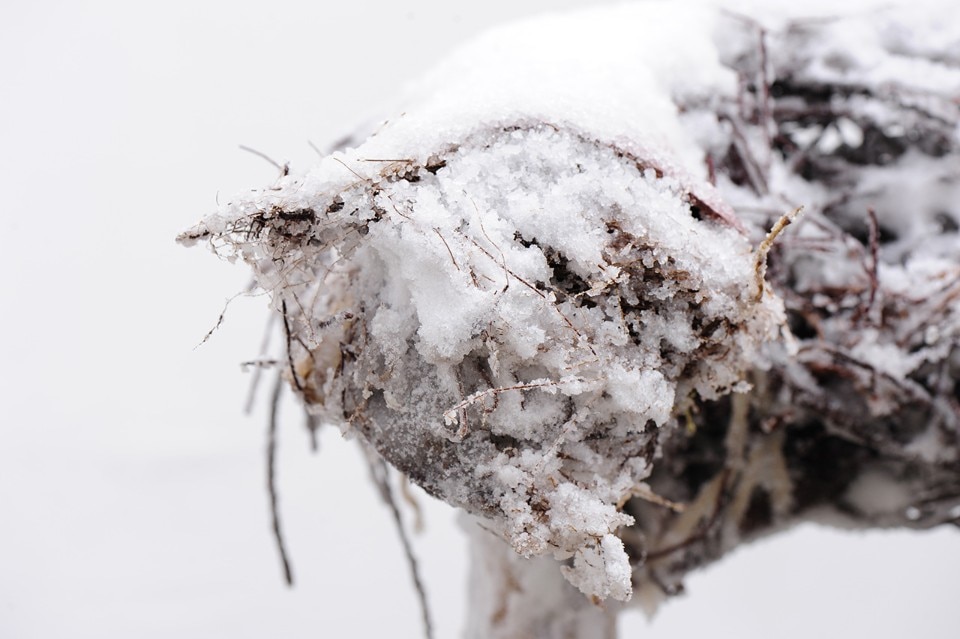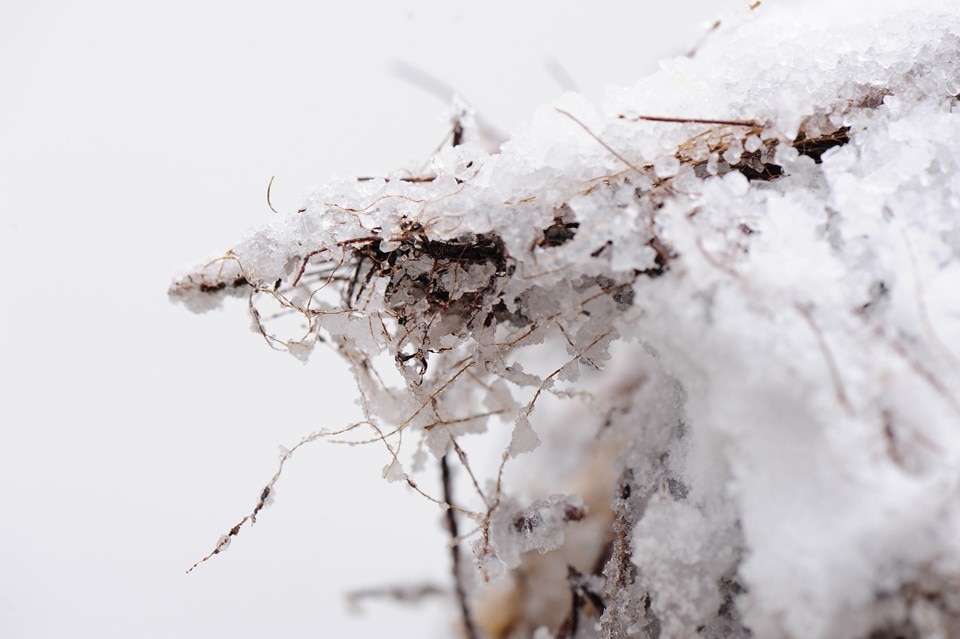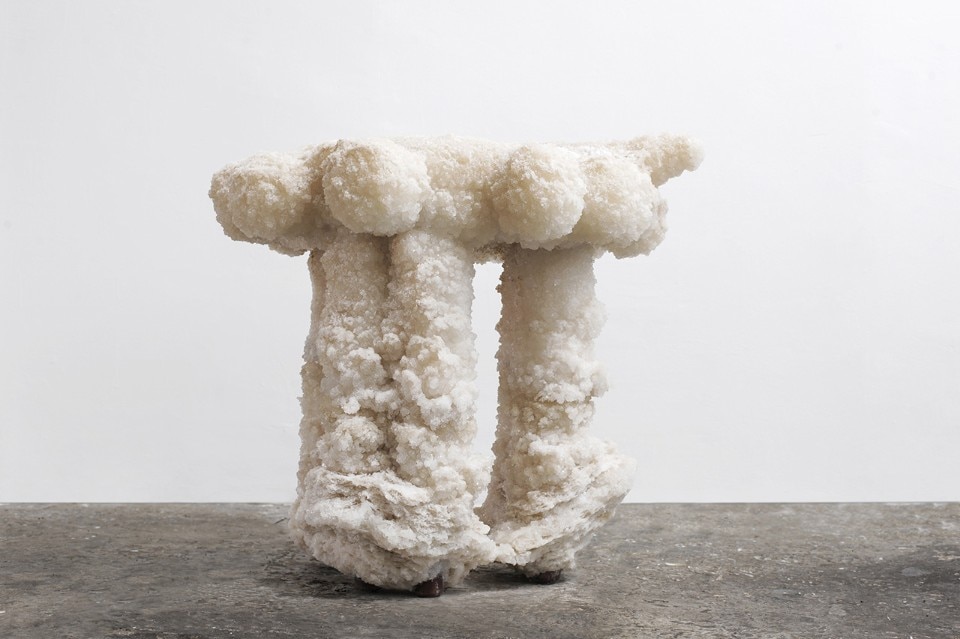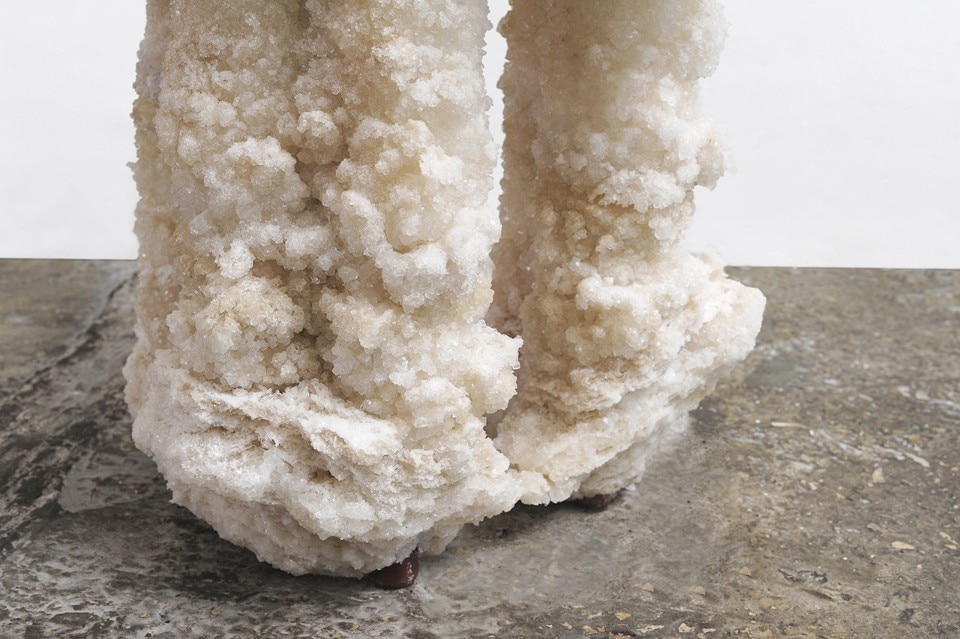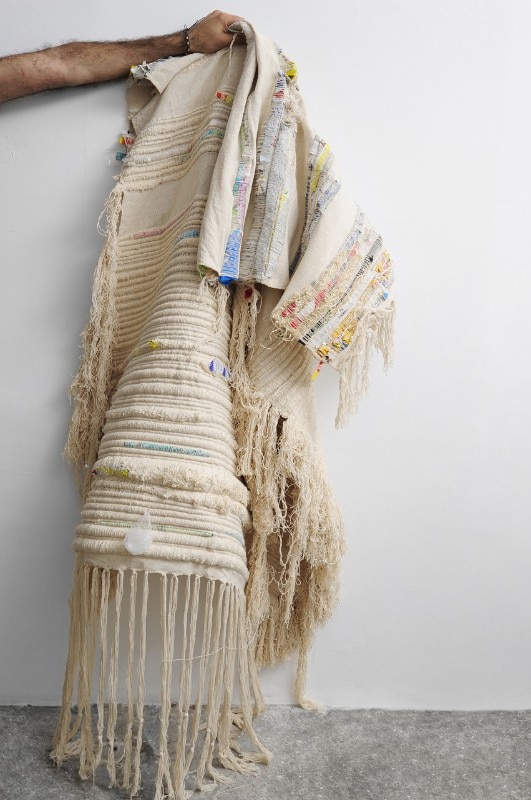How many animals must suffer for us to make one chair? To design objects without diluting your ethics is feasible, and the results can be amazing. The atypical work of an Israeli designer proves it, smack in the middle of the Salone del Mobile feeding frenzy.
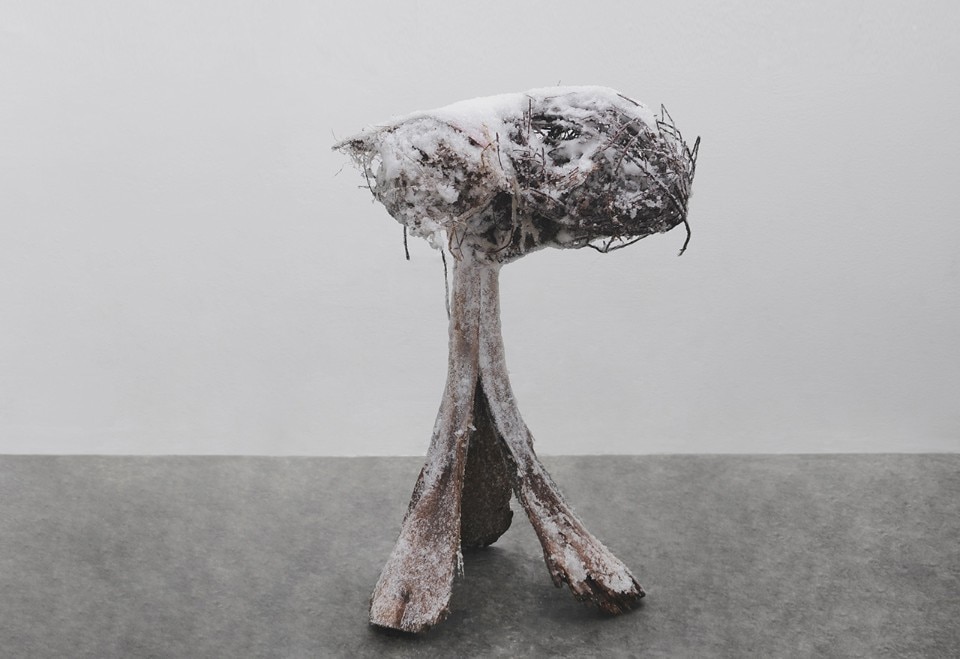
It’s called “Vegan Design – Or the Art of Reduction” the exhibition by Erez Nevi Pana that you shouldn’t miss during the 2018 Milan Design Week. It doesn’t happen often that we stumble upon a similar concentrate of ethics, rigour and research with a special focus on salt. This solo show, curated by Maria Cristina Didero and produced by the 5VIE design district, proves how it is possible to design objects using neither animal-derived materials nor processes that contemplate them. “I met Erez in Tel Aviv when I was working on the Nendo exhibition at the Design Museum Holon in 2016,” says Didero. “We were both involved in an adventure in the ultra-orthodox quarter of the city. Afterward, he told me he was a designer, which is how I found out about his all-encompassing approach to life, to the relations between things, his work, his commitment to his discipline. His consideration of the world and design objects is given by his nature: unique.”
Together, Nevi Pana and Didero decided to present this show during the Furniture Fair, precisely in contrast with the commercial character of the latter. “Industry and consumers will realise how many animal-derived elements are used in ways they never would have thought,” says the designer. From the glue and sandpaper that goes into building a chair, to the paper used for sketching, “Vegan Design” spotlights day-to-day consumption and the unnecessary suffering it entails.
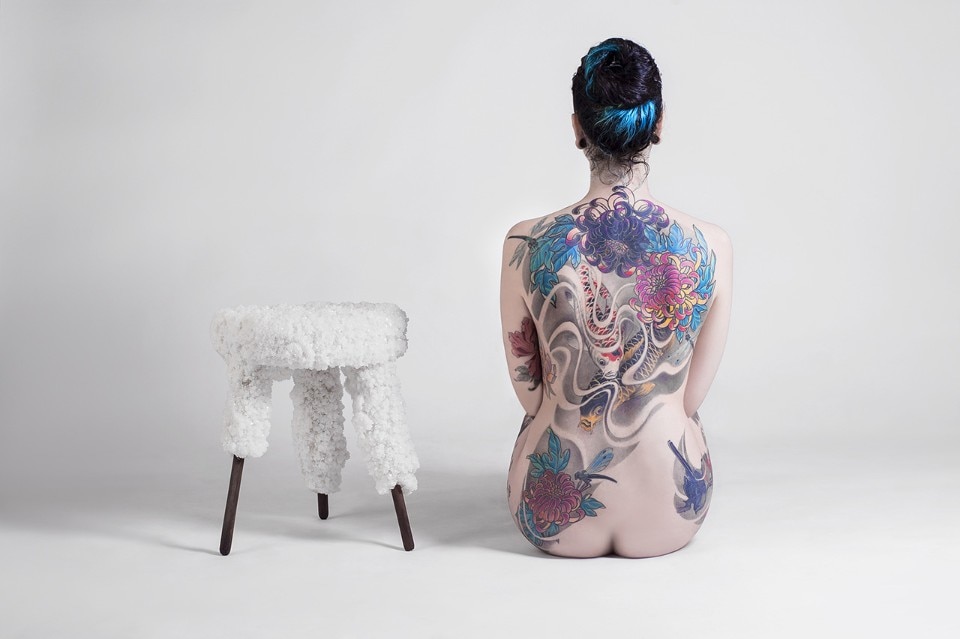
When did you first realise that design was part of your life plan?
I
grew up in a plant nursery. My older brother and I were kind of
isolated in this quiet green bubble, so my imagination started to
develop. The boredom of kids in an adult environment guided me to
escapism, to a wild fantasy world.
the designers creating sustainable objects buy the nicely wrapped flesh of animals in the supermarket, then their sustainability automatically dissolves.
Why vegan design?
I view veganism as a step towards a more harmonious and balanced future. My vegan activism is delivered through design and an academic approach, which is less intimidating for some, and suits my personality better. We need to look beyond ourselves. The pain and misery animals endure every day just to satisfy our palate is what I strive to diminish. By changing the materials I use in the design process, I obtain a more adequate expression of my moral values.
Designed objects can be ethical towards animals and the planet. I keep reading about green or eco-friendly design, but if the designers creating sustainable objects buy the nicely wrapped flesh of animals in the supermarket, then their sustainability automatically dissolves. It is not a secret that the meat and dairy industries have a huge damaging impact on the environment and climate.
What are the funnest and the most difficult aspects of your research?
The funnest is the inventive conceptual approach that allows me to travel and explore the world. Vegan design is a new niche in the design world and it brings myriad options to form innovative designs. I always relish the opportunity to understand a new material or tool.
The difficult part, one that causes me pain, is related to the books I am reading for my Ph.D. I keep discovering more atrocities and horrors that we support every day by our consumption.
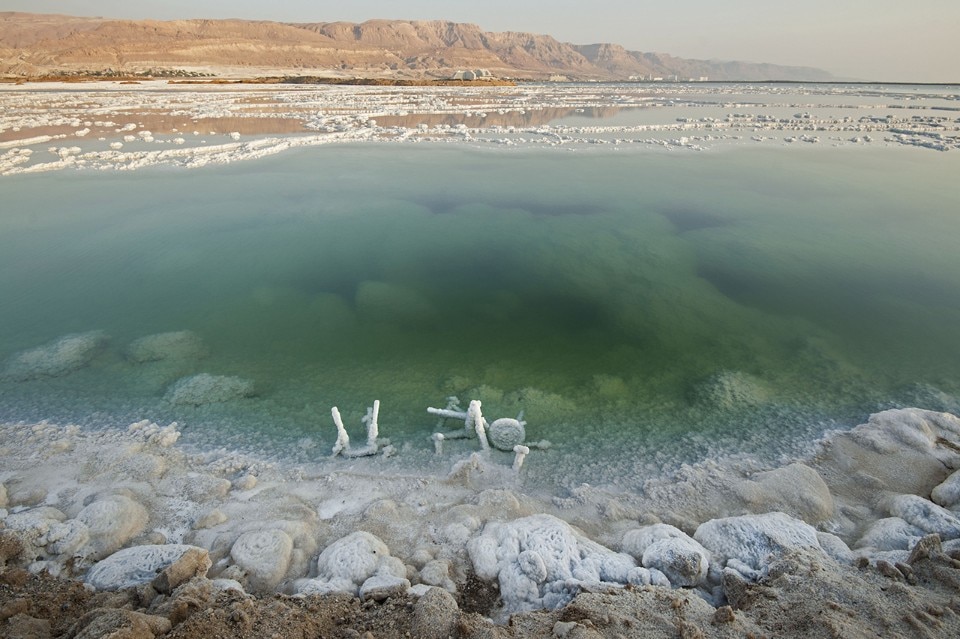
Salt is a relevant material in your work. How did you start working with it?
During the second year of my master’s degree course, I visited my homeland for a short vacation and travelled to the Dead Sea to catch some good sun. On my way back home, I saw a neglected white mountain in the middle of the desert. It was a salt mountain, the by-product of the manic production of potash (a fertiliser) and bromine (a flame retardant) from the waters of the Dead Sea. I decided to explore this material and find sustainable ways to make it desirable again.
I graduated from Design Academy Eindhoven with a project that proposed a marble-like surface for architecture (tiles and blocks) made of 100 per cent pure sea salt. The overwhelming response to this research made me continue searching for more salt applications using my unique technique of melting Dead Sea salt in moulds. One of the applications I recently came up with is a concept for Frank Gehry’s new building underway in Arles: to cover the facade with my salt tiles.
It was a salt mountain, the by-product of the manic production of potash and bromine from the waters of the Dead Sea.
Is there something special in your background that pushed you towards your present research?
I am a super-sensitive guy. I guess my emotional intelligence is very high. This led me to choose a specific lifestyle that minimises the suffering of other beings. Also my partner, who teaches yoga, has a great influence on my spiritual journey.
You are doing your Ph.D. research in Austria. You studied at the Design Academy Eindhoven, and worked on your Salts projects in Ein Bokek, “the lowest point on earth” by the Dead Sea. Your workshop is in Tel Aviv, your hometown. Where are you based at the moment? You once referred to your nomadic lifestyle. Does it influence your design?
I am based on Earth. The planet is my playground, and I wish this approach of freedom and unity would involve more people. My design is of course influenced by this point of view. I already have a schedule that will preserve my nomadic state for at least two years from now, so don’t be surprised if you see me in your neighbourhood. I am a contemporary nomad with no limitation of borders, language or cultural barriers.


